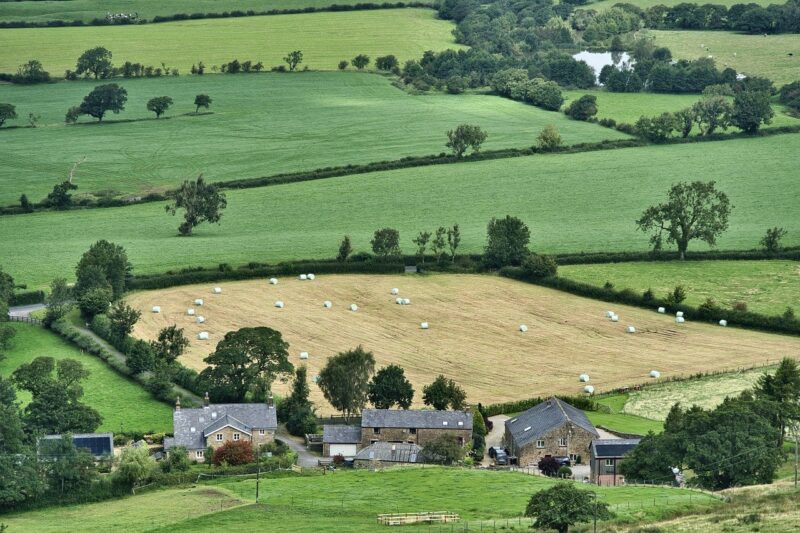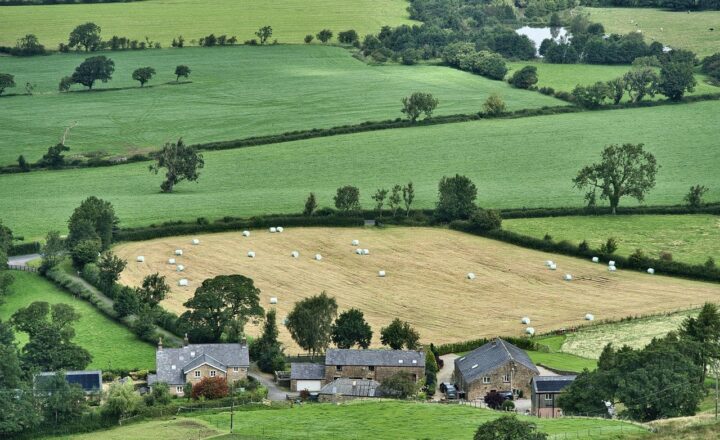The Rise of Urban Farming: How Cities Are Transforming Food Production
November 16, 2024

Urban farming is rapidly gaining traction as both a sustainable solution to food production and a response to growing urban populations. As cities become the primary residence for more than half of the world’s population, the need for innovative food systems within urban environments has never been more urgent. This article explores the rise of urban farming, discussing its benefits, challenges, and the future of food production in urban settings.
1. What is Urban Farming?
Urban farming refers to the practice of cultivating, processing, and distributing food in or around urban areas. This can include a wide variety of activities such as:
- Community Gardens: Shared spaces where residents can grow fruits, vegetables, and herbs collectively.
- Rooftop Gardens: Utilizing rooftops of buildings to create green spaces for growing food.
- Vertical Farms: Indoor farming techniques that maximize space through vertical growing systems, often using hydroponics or aeroponics.
- Aquaponics and Hydroponics: Soil-less farming methods that combine fish farming (aquaponics) or nutrient-rich water solutions (hydroponics) to support plant growth.
Urban farming not only addresses the challenge of food scarcity but also promotes local food systems, reduces the carbon footprint associated with transporting food, and enhances community engagement.
2. The Benefits of Urban Farming
The rise of urban farming is driven by its numerous benefits:
- Food Security: Urban farming improves access to fresh, nutritious food, particularly in food deserts where grocery stores are scarce.
- Sustainability: By producing food locally, urban farming helps decrease the transportation costs and carbon emissions associated with food distribution.
- Community Engagement: Urban farms foster a sense of community by bringing residents together for common goals, enhancing social ties and promoting environmental awareness.
- Educational Opportunities: Urban farms can serve as educational platforms for schools and community members, teaching important lessons about sustainability, nutrition, and agriculture.
- Biodiversity & Green Spaces: Urban farming promotes biodiversity in cities, providing habitats for pollinators and improving urban green cover.
As cities look to bolster their resilience against environmental and economic pressures, urban farming serves as a viable strategy for making urban areas more self-sufficient.
3. Challenges Facing Urban Farmers
Despite its growing popularity, urban farming faces several challenges:
- Zoning and Regulation Issues: Many cities have zoning laws that do not accommodate farming in urban areas. Advocating for policy changes can be challenging for urban farmers.
- Limited Space: Space constraints in dense urban environments make it difficult to establish large-scale farming operations, leading to innovative, yet sometimes costly, solutions like vertical farming.
- Initial Investment Costs: Setting up urban farms, especially vertical farms, can require significant financial investment and expertise, which may be a barrier for many potential farmers.
- Soil Contamination: Urban soil can be contaminated by pollutants, making it necessary to conduct soil tests and implement safe growing practices, such as using raised beds or containers.
To overcome these challenges, urban farmers often collaborate with local governments, non-profits, and community organizations to advocate for policy change and generate funding for their initiatives.
4. Innovative Urban Farming Methods
The growth of technology has led to innovative practices within the urban farming movement:
- Hydroponics and Aeroponics: Soil-less growing systems allow plants to grow in nutrient-rich water or air, maximizing output per square foot and reducing resource use. These methods can be integrated into small urban spaces, allowing farmers to produce food indoors or on rooftops.
- Smart Farming Technologies: The use of IoT devices and sensors in agriculture allows for precise monitoring of environmental conditions, optimization of resources, and increased yields. Urban farmers increasingly leverage apps for planning, maintenance, and tracking crop health.
- Upcycling Waste Materials: Some urban farms utilize waste materials like food scraps or plastics as resources for growing food. This helps reduce waste while creating nutrient-rich compost and improving sustainability.
The integration of advanced technologies is redefining the urban farming landscape, making it more efficient and adaptable to urban challenges.
5. The Future of Urban Farming
As urban areas continue to grow, the future of urban farming looks promising. Key trends to watch include:
- Policy Support: Governments are increasingly recognizing the benefits of urban farming and are starting to implement supportive policies and funding for these initiatives.
- Corporate Involvement: With rising interest in sustainability, corporations are more likely to partner with urban farms for community engagement, corporate responsibility, and local sourcing of produce.
- Integration into City Planning: Urban farming is becoming an integral part of city planning, with green spaces being incorporated into new developments to promote local food production and psychological well-being.
- Education and Community Engagement: Continued emphasis on education and community involvement will drive urban farming forward, contributing to more resilient urban communities.
As we move towards a more sustainable future, urban farming will play a crucial role in reshaping our food systems, improving public health, and fostering community resilience.
Conclusion
In conclusion, the rise of urban farming reflects the urgent need for sustainable food production systems in cities around the globe. With its numerous benefits, innovative practices, and community-building potential, urban farming presents a pathway toward a more sustainable future. By removing barriers and promoting supportive policies, cities can harness the potential of urban farming to create a resilient and equitable food system that benefits all residents.
The transformation of food production within urban areas is not merely a trend; it is a vital component of our effort to face food security challenges, environmental crises, and social inequities head-on.







